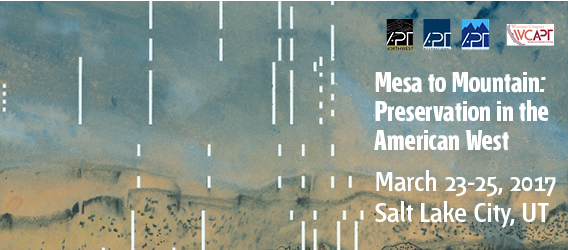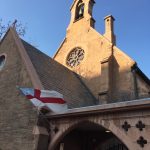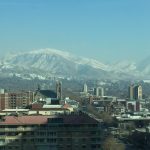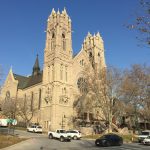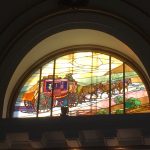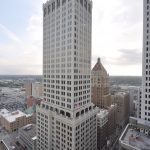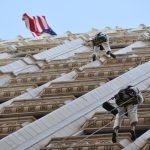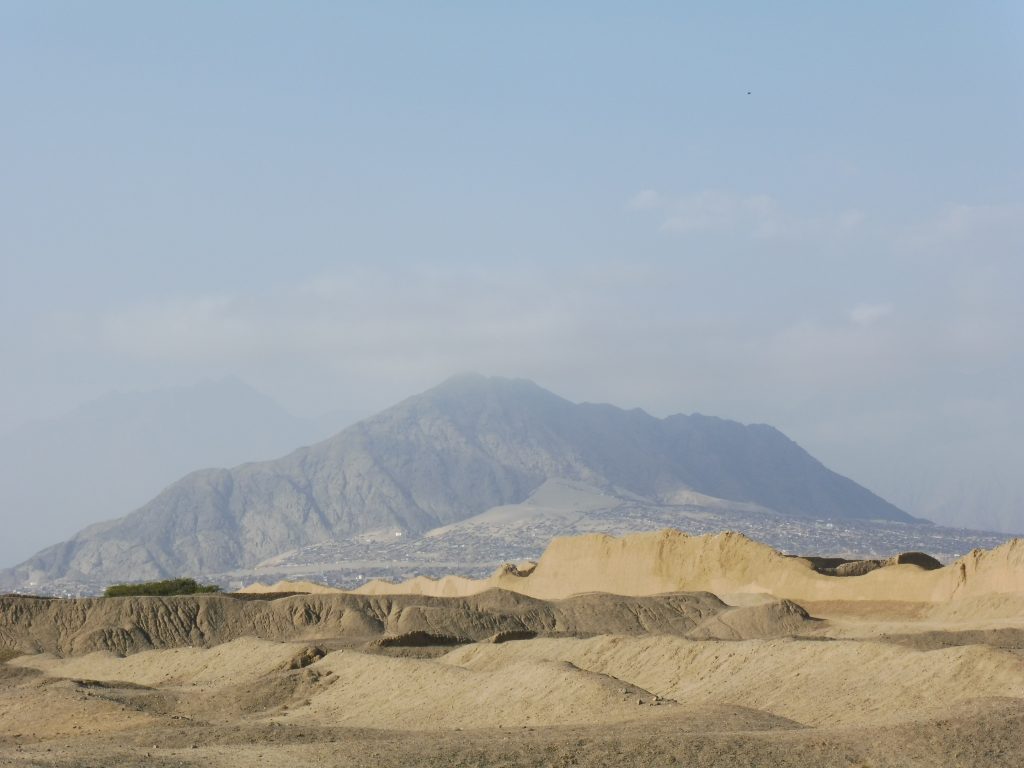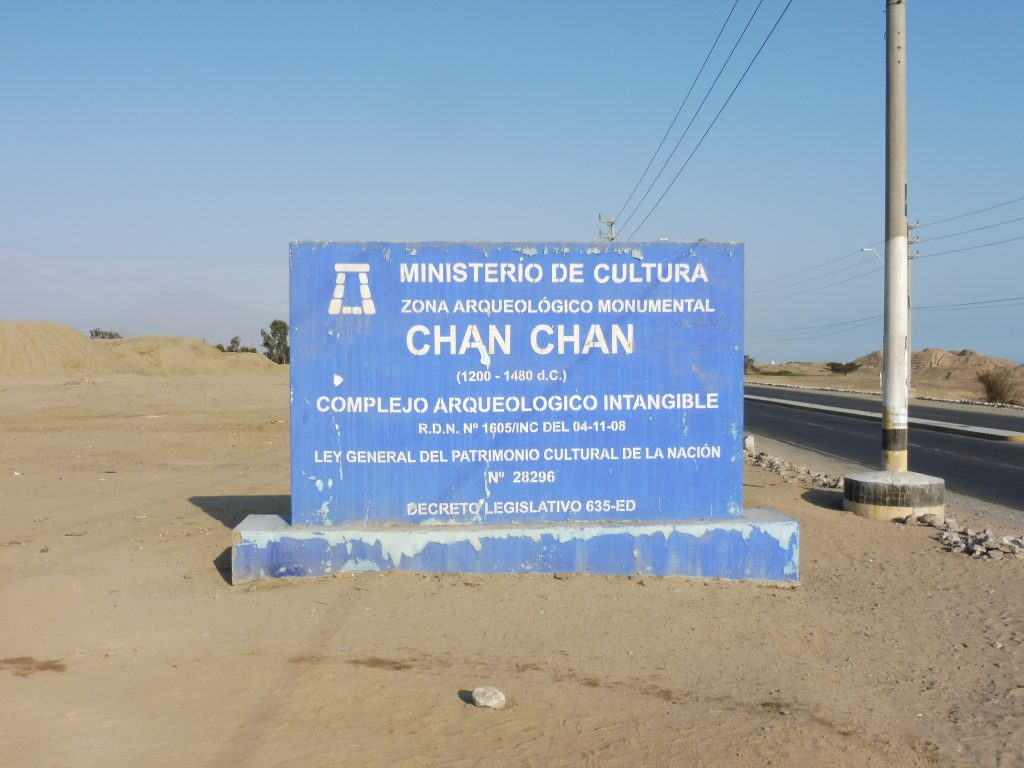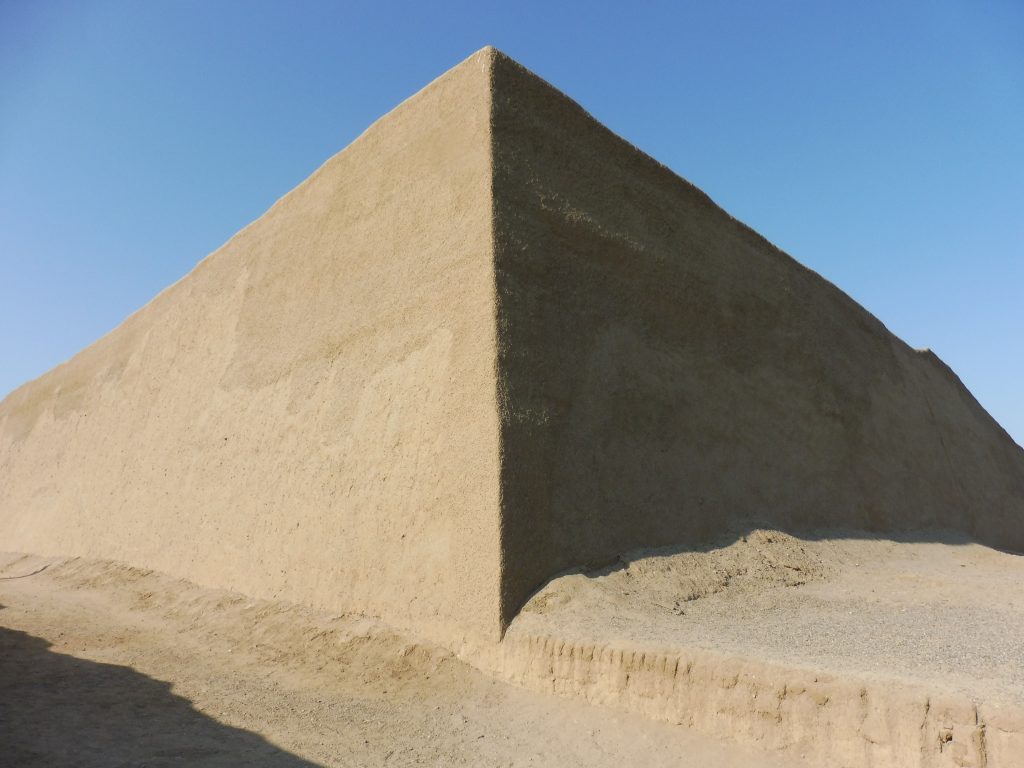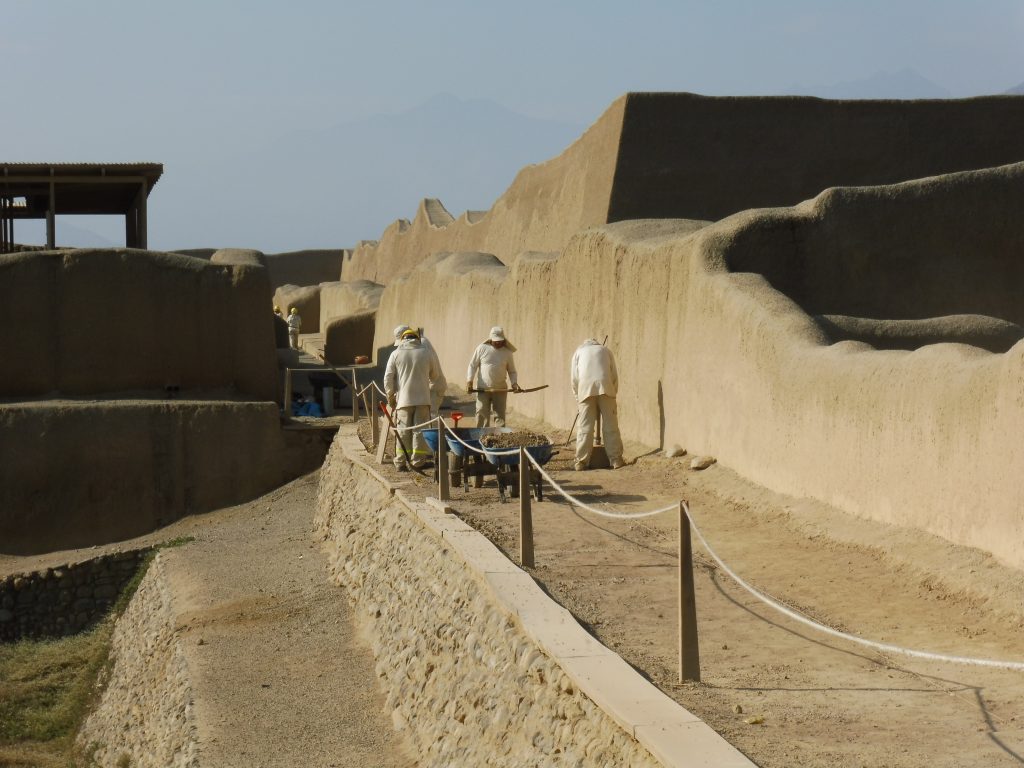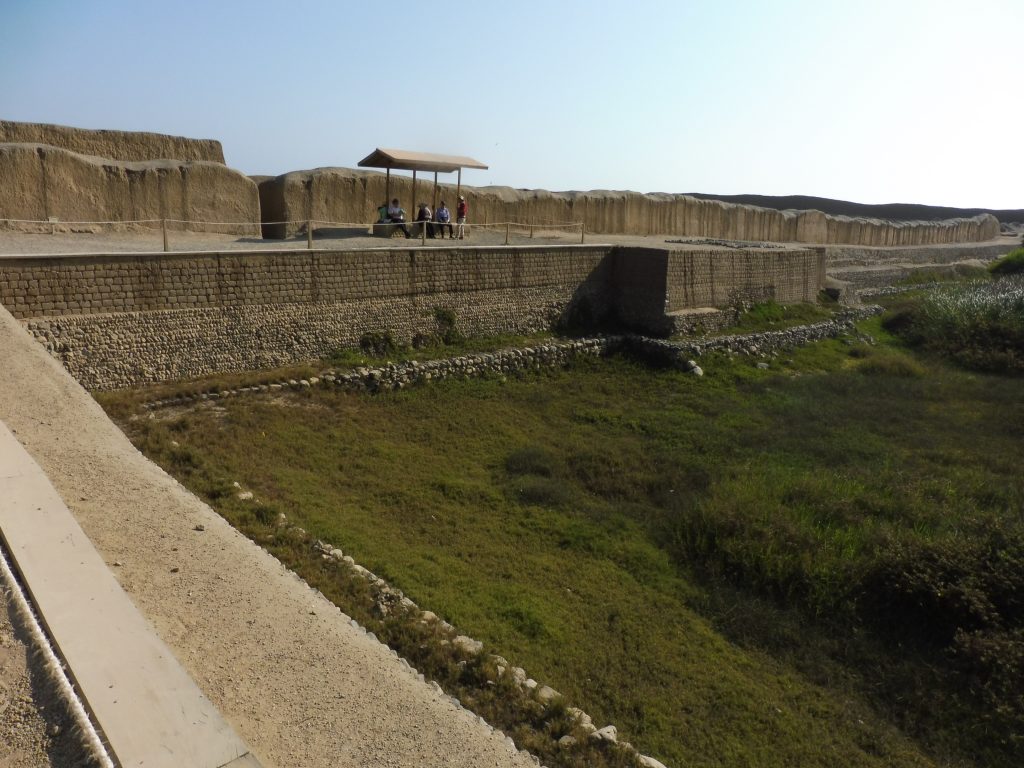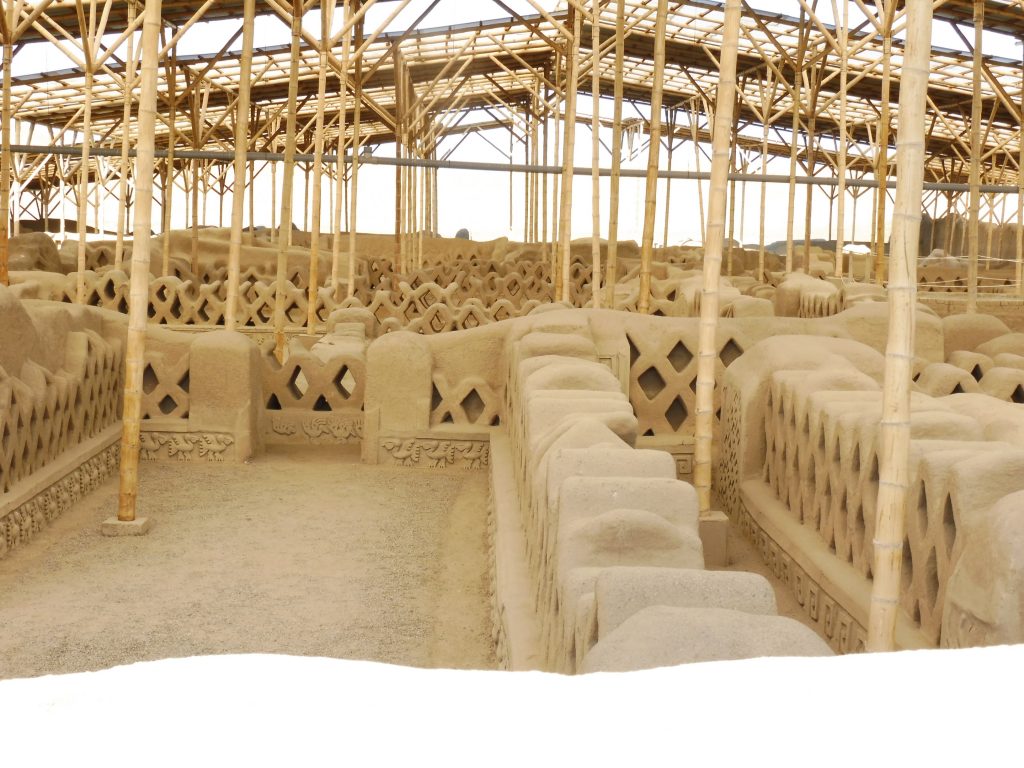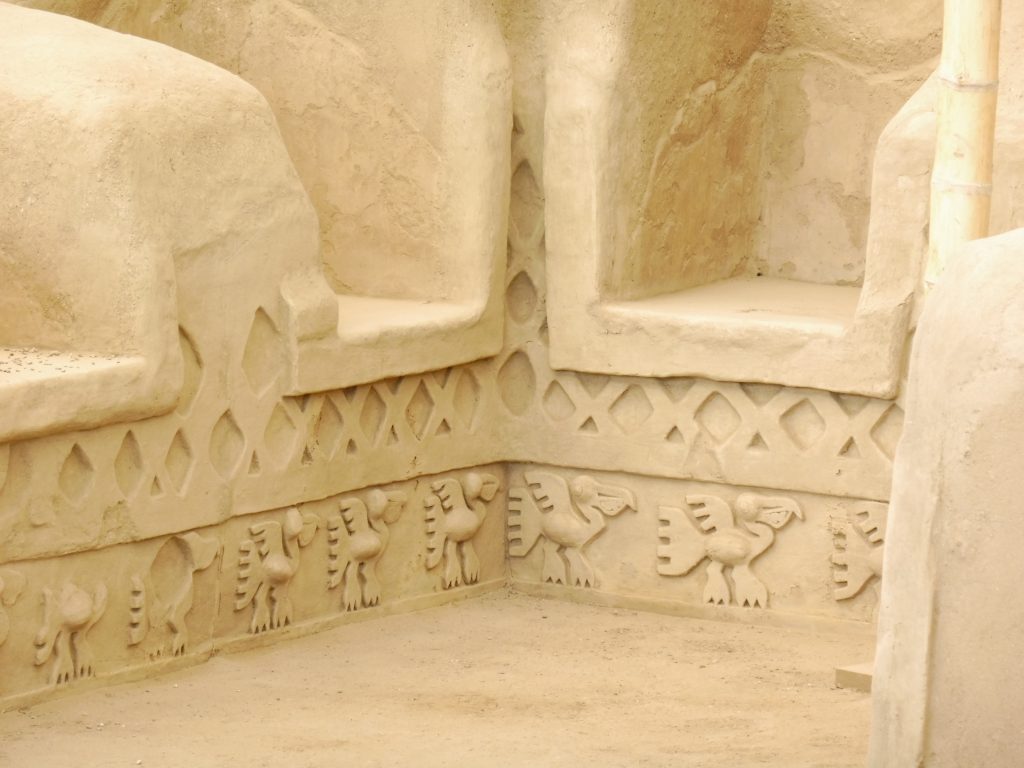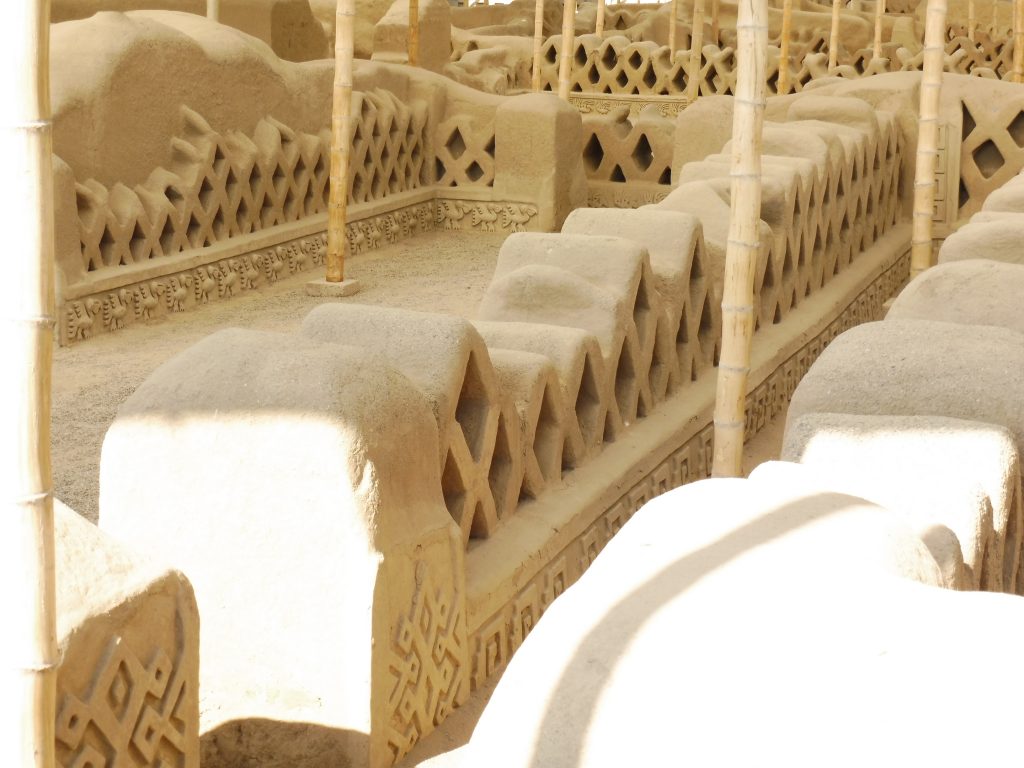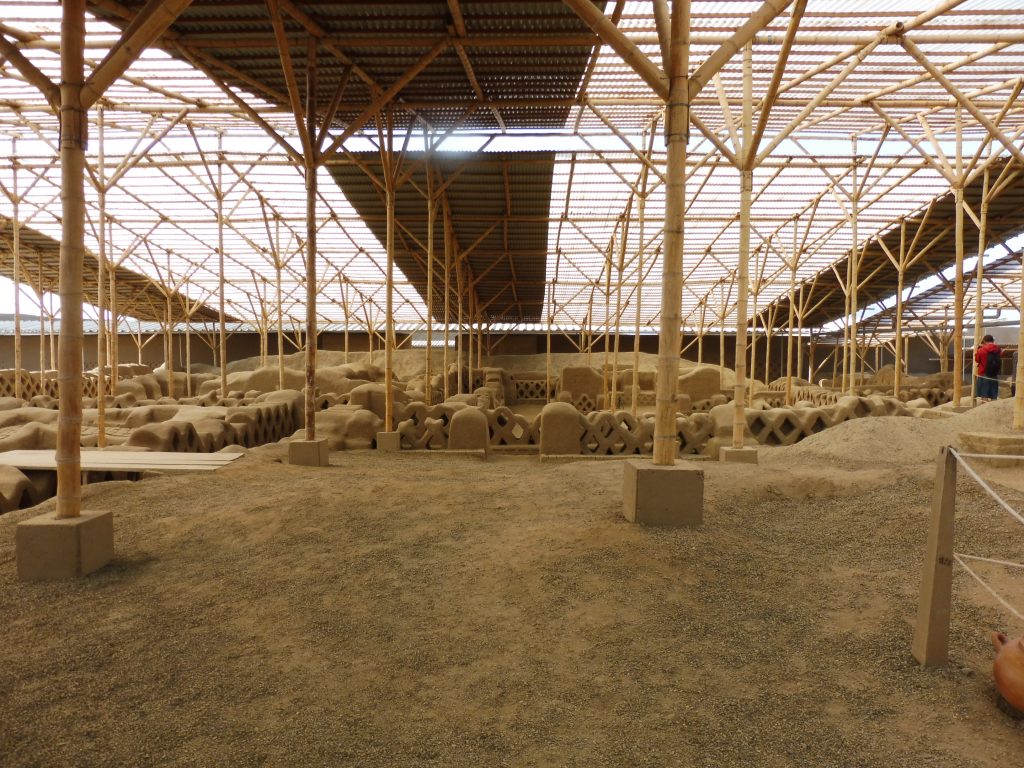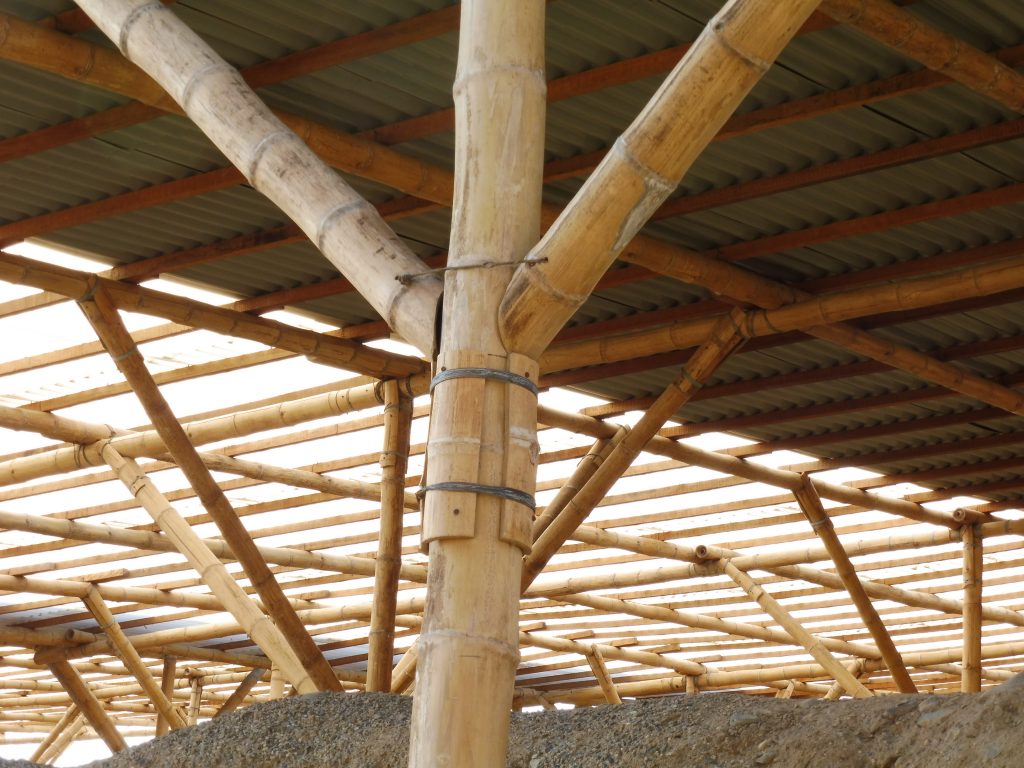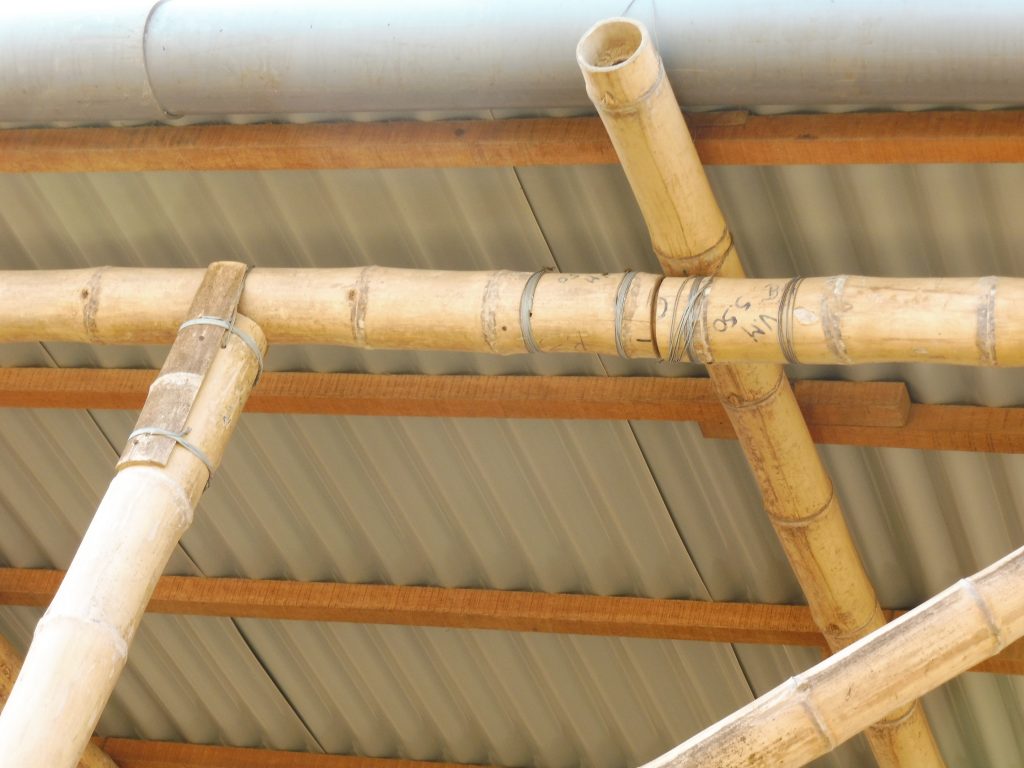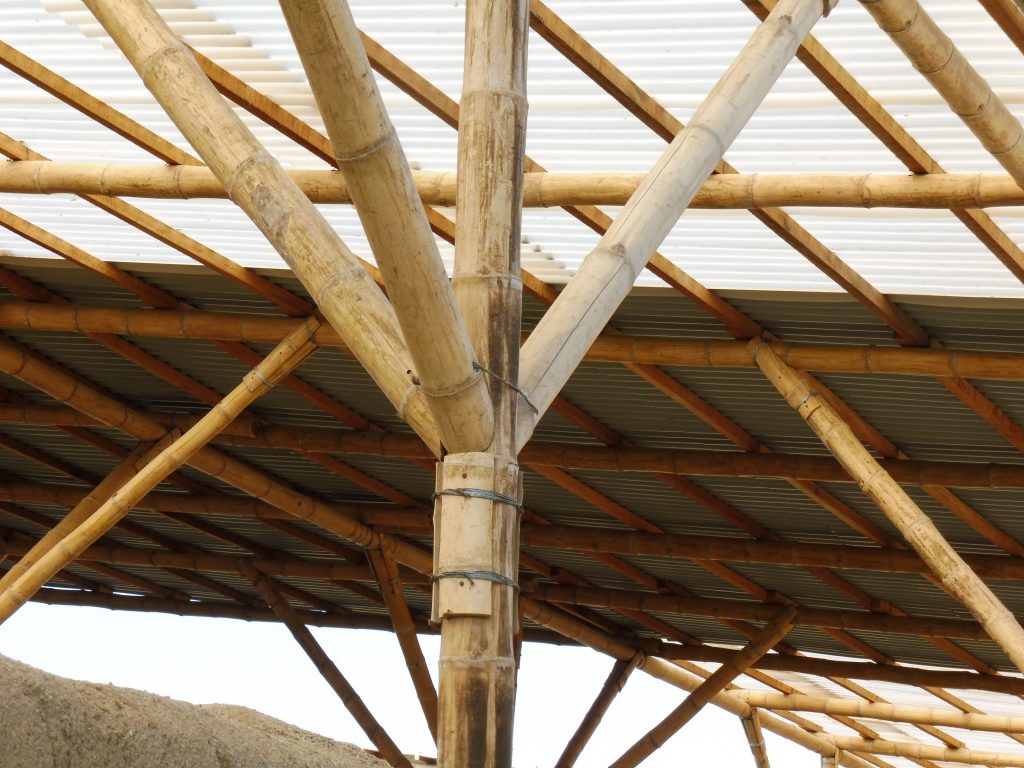In the liturgical calendar of the Episcopal Church, December 16 is the feast day celebrating Richard Upjohn, Ralph Adams Cram, and John LaFarge for their contributions to church architecture.
Richard Upjohn (1802-1878) is credited with advancing the Gothic Revival style in the United States in the mid-nineteenth century. He is among several architects of his era who produced vastly influential books of residential designs, which were copied from and adapted by builders across the country. Upjohn designed several dozen churches, primarily located in the eastern U.S.
Richard Upjohn buildings worked on by Vertical Access:
- St. Peter’s Church, Albany, NY (1876)
- Christ Church, Binghamton, NY (1855)
- Grace Church, Utica, NY (1856)
- Trinity Church, New York City (1846)
- Trinity Church, Princeton, NJ (1870)
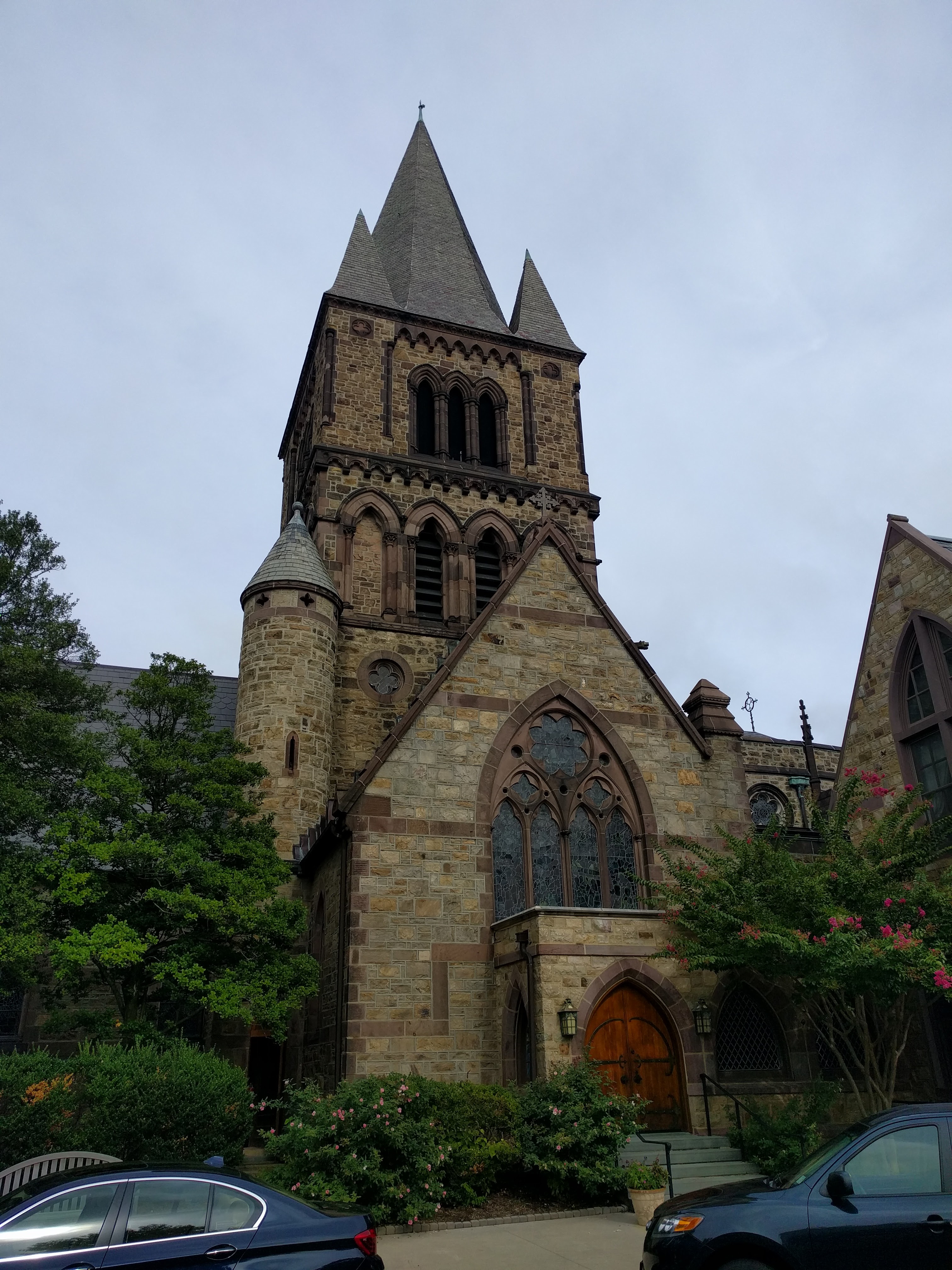
Upjohn’s Trinity Church in Princeton, NJ
December 16 is the birthday of Ralph Adams Cram (1863-1942). Working primarily in the Gothic Revival style, Cram designed many churches, academic and public buildings over a career spanning 40 years. Cram contributed to the “Collegiate Gothic” movement through his designs for Princeton University in the first decades of the twentieth century.
Ralph Adams Cram buildings worked on by Vertical Access:
- St. Thomas Church, New York City (1914)
- Cleveland Tower (1913) and Princeton University Chapel (1928), Princeton University
- Cathedral of St. John the Divine, New York City (ca. 1909)
- Cadet Chapel (1910) and Thayer Hall (1911), United States Military Academy, West Point, NY
- Park Avenue Christian Church, New York City (1911)
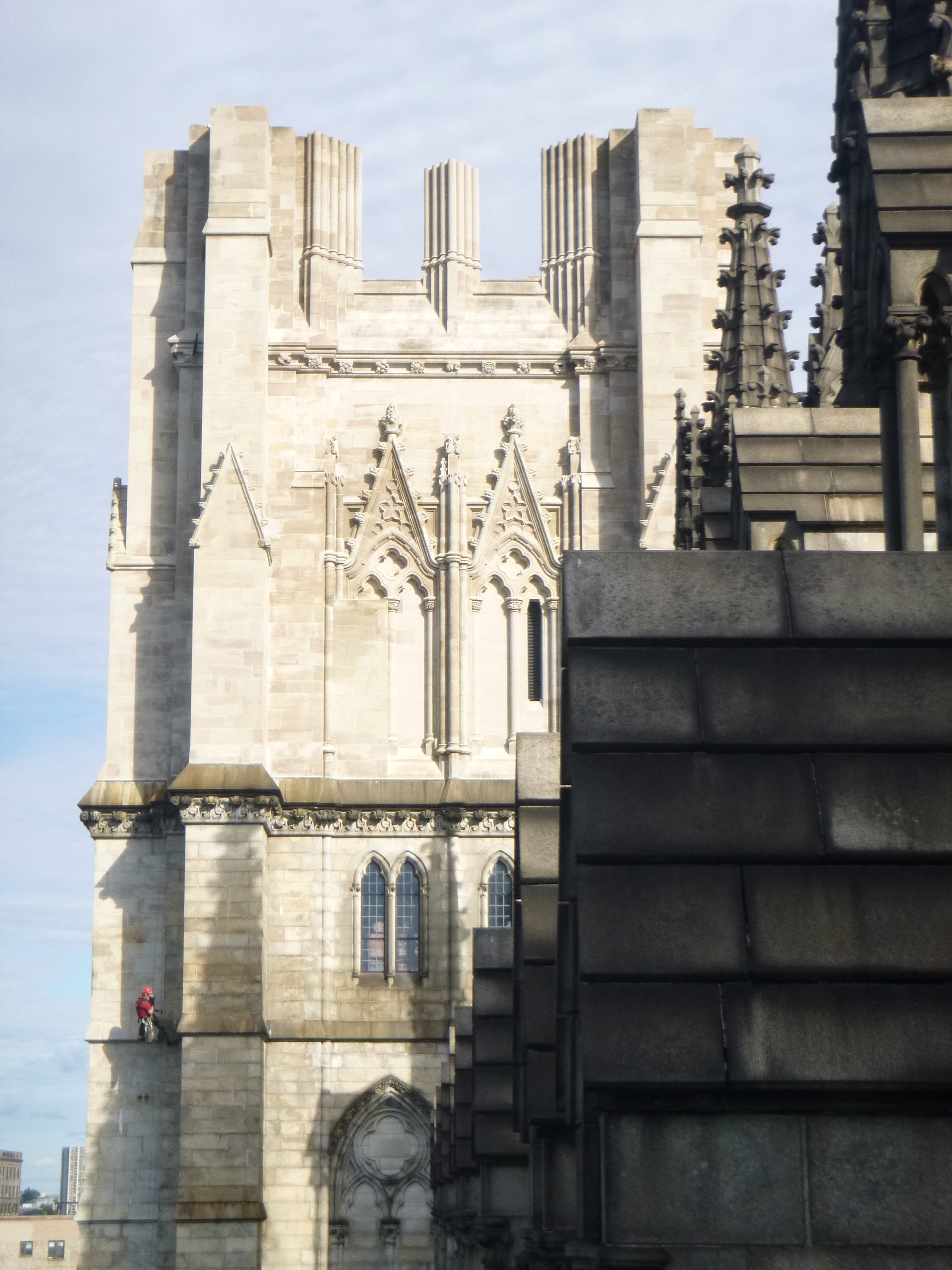
Cram’s Cathedral of St. John the Divine, New York City
John LaFarge (1835-1910) was a fine artist and writer who found success as a muralist and innovative stained glass designer. His murals and stained glass windows grace the interiors of churches and public buildings throughout the U.S. His son, Christopher Grant LaFarge, became an architect and produced the original Byzantine design for the Cathedral of St. John the Divine, later redesigned in the Gothic Revival style by Ralph Adams Cram.
Buildings worked on by Vertical Access that feature works by John LaFarge:
- Trinity Church, Boston, MA (1877) Interior murals and stained glass windows by LaFarge
- St. Paul’s Chapel, Columbia University, New York City (1907) Stained glass windows by LaFarge
- Cathedral of All Saints, Albany, NY (1888) Stained glass windows by LaFarge
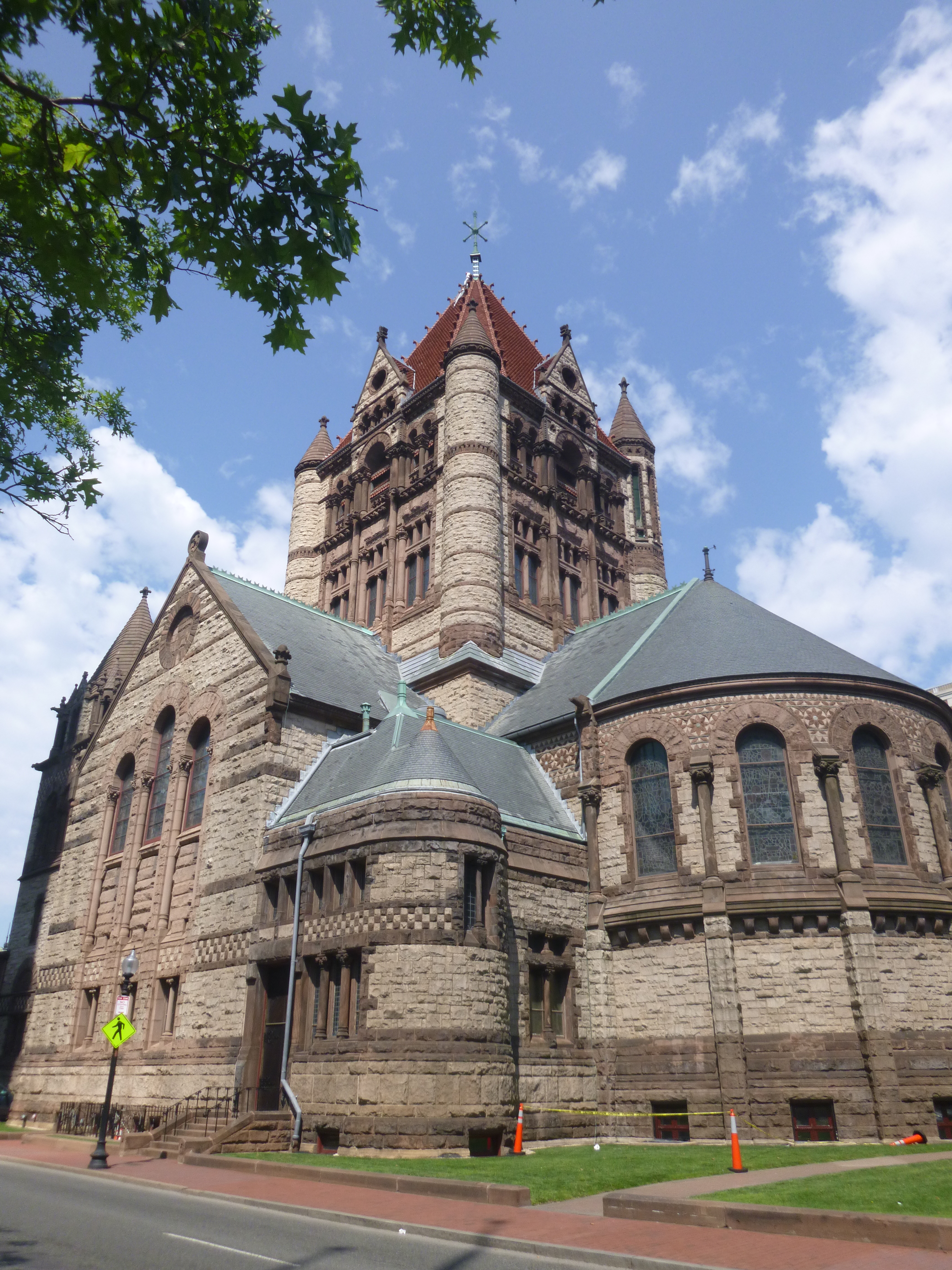
The commission for Trinity Church, Boston launched La Farge’s career as a muralist
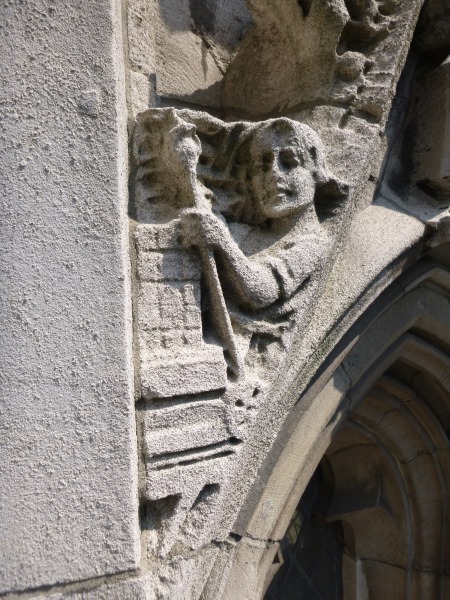




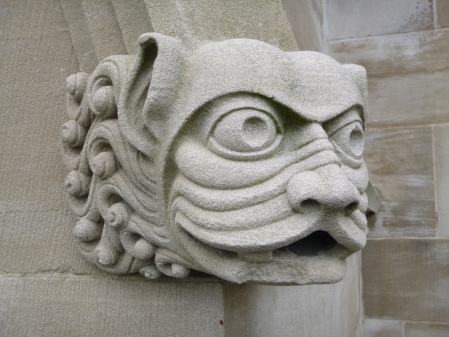
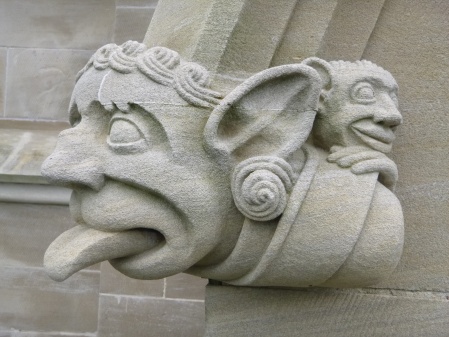
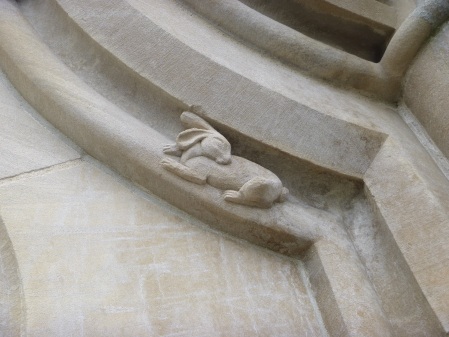
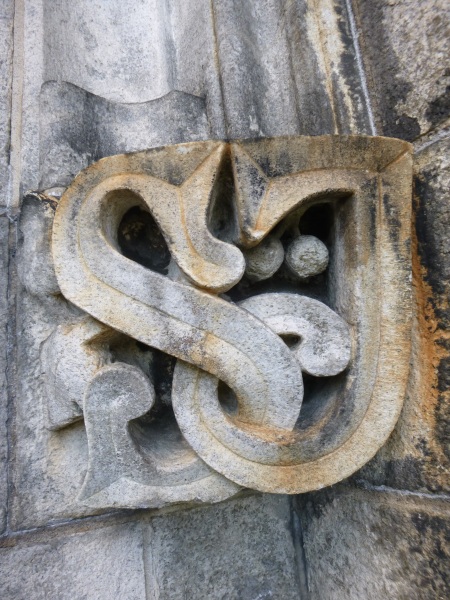
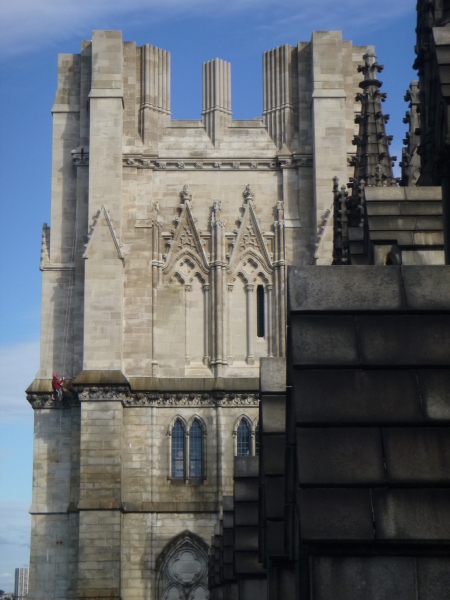

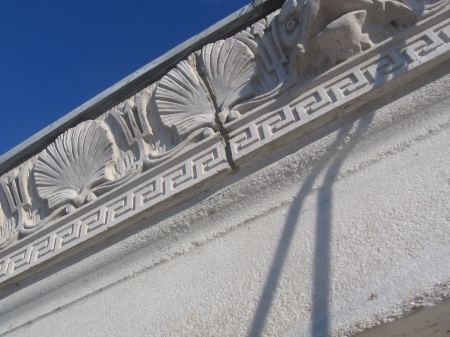


 Evan Kopelson returned from the Scaffold Law Reform Day at the Capital with good news: new legislation has been introduced by Assemblymember John McDonald aimed at modernizing the liability rules under the state’s Scaffold Law. If passed, this fix to New York’s arcane law will go into effect January 1, 2018.
Evan Kopelson returned from the Scaffold Law Reform Day at the Capital with good news: new legislation has been introduced by Assemblymember John McDonald aimed at modernizing the liability rules under the state’s Scaffold Law. If passed, this fix to New York’s arcane law will go into effect January 1, 2018. We’re excited to have Erin Bullard join the firm as Director of Marketing and Business Development supporting our Vertical Access, Alta Access, and TPAS services. Erin brings 10 years of experience in the A/E/C industry. Armed with a BS in Physics she sought work in engineering firms but realized marketing is more fun so she earned a BA in Creative Writing Arts and headed to the creative side. Always inquisitive, the science background has come in handy in the A/E/C industry and though she’s afraid of heights, Erin’s pretty excited to join our team.
We’re excited to have Erin Bullard join the firm as Director of Marketing and Business Development supporting our Vertical Access, Alta Access, and TPAS services. Erin brings 10 years of experience in the A/E/C industry. Armed with a BS in Physics she sought work in engineering firms but realized marketing is more fun so she earned a BA in Creative Writing Arts and headed to the creative side. Always inquisitive, the science background has come in handy in the A/E/C industry and though she’s afraid of heights, Erin’s pretty excited to join our team. On Tuesday, February 14th, advocates from across New York will meet at the State Capitol in Albany to urge elected officials to reform the antiquated Labor Law Sections 240/241. Evan Kopelson will be attending to show his support for scaffold reform. Here are the
On Tuesday, February 14th, advocates from across New York will meet at the State Capitol in Albany to urge elected officials to reform the antiquated Labor Law Sections 240/241. Evan Kopelson will be attending to show his support for scaffold reform. Here are the 